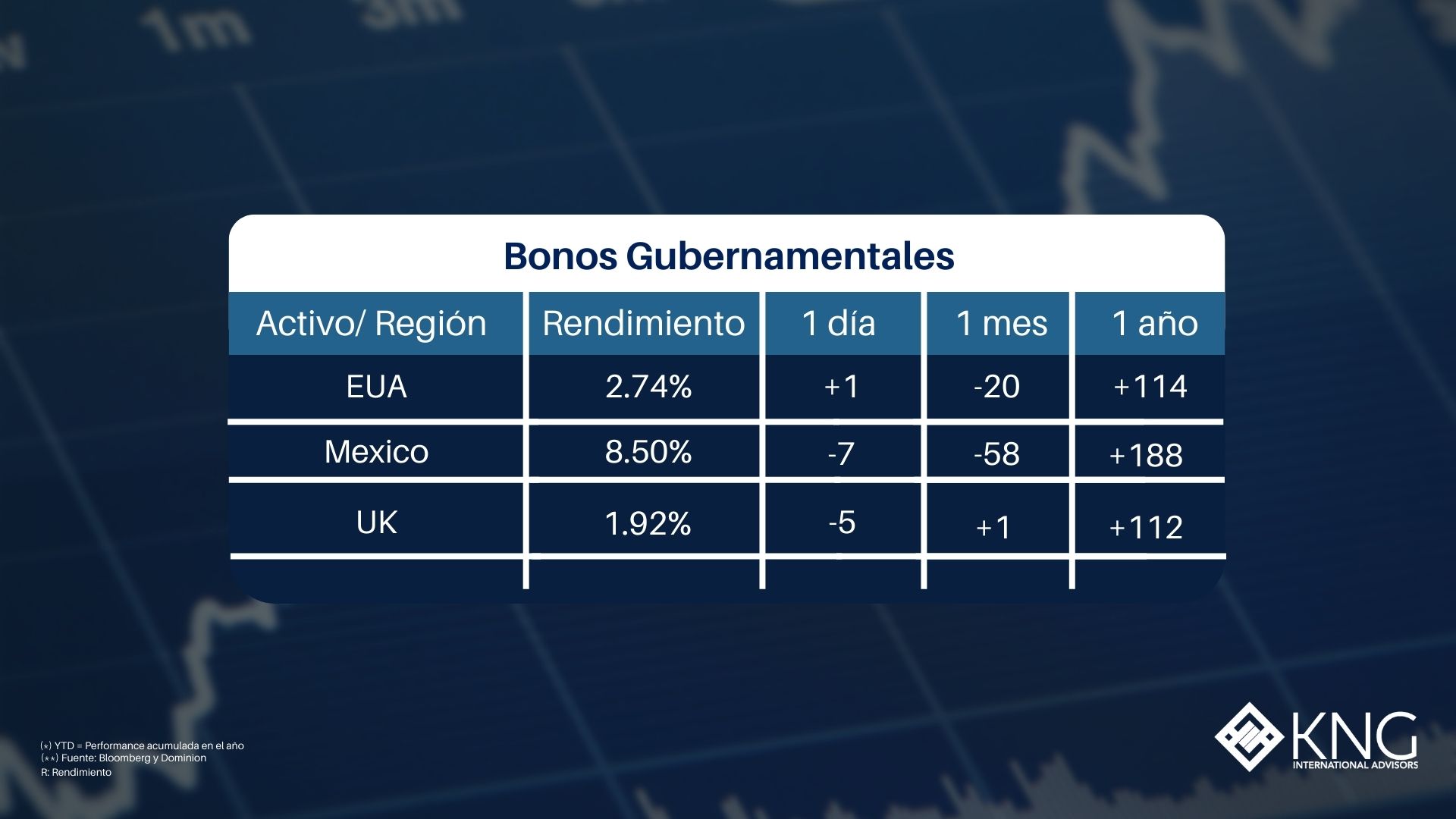Monday 5th of July 2022
Afirmamos que este año (2022) representa un momento excepcional para los mercados financieros…
Last week, we claimed that this year (2022) represents a rare moment in financial markets which typically only occurs once every decade or so. A year where the financial paradigm changes, where the old rules and investment strategies that worked stopped working, and where new approaches will be needed for success in investing. 2008, 2001, 1987, and 1984 are relatively recent examples of these.
These periods of change in financial markets are almost always accompanied by a bear market for stocks. A bear market is a market which trends down for a prolonged period, typically between 3 months and as long as 2 years in some cases. And there are different types of bear market too. Three in fact.
If we are right, and 2022 turns out to be as important as previous moments of market dynamic shift like 2008 and 2001, understanding what type of bear market we are in now is critical to determining how investors should position themselves. It also helps us estimate how long the bear market will last and when we can start thinking about the next bull market.
We think of the three bear market categories as being: (i) structural, (ii) event based, and (iii) periodic.
- A structural bear market is one driven by a major structural re-adjustment in the economy. The 2008 bear market was structural, as it was driven by a global collapse in confidence in the banking system following the bankruptcy of Lehmann Brothers. The 1929 crash and subsequent depression is another example.
Structural bear markets are typically very long in duration, often lasting many years, unsurprising given the structural causes, as these negative factors take a long time to wash out of the system. - Event based bear markets, the second type, are very different. These are the shortest in duration and are caused by, you guessed it, a specific and usually unforeseen event. The 2020 bear market is a classic event based bear market, triggered by the COVID-19 pandemic.
A highly uncertain and sudden event changes market sentiment and asset prices decline quickly in response. Since these are not driven by major structural problems in the economy, these bear markets often resolve themselves quickly, as weas the case in 2020 with the market rally and strong bull market in the April – December 2020 period. - La tercera categoría de mercados bajistas es la periódica o cíclica. Se trata de mercados bajistas desencadenados por las últimas fases de un ciclo económico y la consiguiente subida de los tipos de interés que se produce en las últimas fases de un mercado alcista. Normalmente, la inflación aumenta, los bancos centrales suben los tipos de interés, el crecimiento se ralentiza y se produce un mercado bajista en los precios de los activos. ¿Le resulta familiar? Debería, ya que esta es la categoría de mercado bajista en la que creemos que nos encontramos actualmente.
What does this mean for investors?
Periodic bear markets typically last between 9 and 18 months and they are not accompanied by major financial crises, so the rally out of these markets is often quite strong, usually in more value-oriented stocks early on, followed by growth stocks later in the rally. The 2001-2002 bear market is a classic example of this. The recession then was mild, there was a bear market, followed by a 7-year bull market in stocks.
If we’re right, we’re currently 6-9 months into this bear market. The bad news is: that probably means there’s going to be a bit more pain in markets before we can start thinking about a sustained recovery in asset prices. The good news is that, well, we’re already 6-9 months into this thing, and that means, based on historical examples at least, we’re probably less than 9 months away from the end of this bear market.
Another positive outcome of this prediction being right is that the subsequent bull market should be a strong one, given the lack of a major structural headwind to the economy. If the last market cycle with these features is anything to go by, the 2023-2030 period would be one of very strong investment returns, particularly for those with a renewed focus in aligning their investment exposure to investments trading on low and reasonable valuations today, that also offer exposure to the major drivers of growth in the global economy during the next bull market.
Before the 2020 pandemic, the 2011-2019 economy and accompanying bull market, was often described as a Goldilocks economy, one where inflation and growth were neither too hot, nor too cold, but ‘just right’ to sustain asset price appreciation and a strong economy.
Investors should not count out the possibility of a return to the ‘Goldilocks economy’ after the current market turmoil passes. The factors that gave us such an economy before the pandemic are still there, under the surface (ageing demographics, new and deflationary technologies), and may reassert themselves. Though we’re not predicting this particular outcome, its realisation would be very bullish for stocks in the long-term.




Sources: Bloomberg, Yahoo Finance, Marketwatch, MSCI. Copyright © 2022 Dominion Capital Strategies, All rights reserved